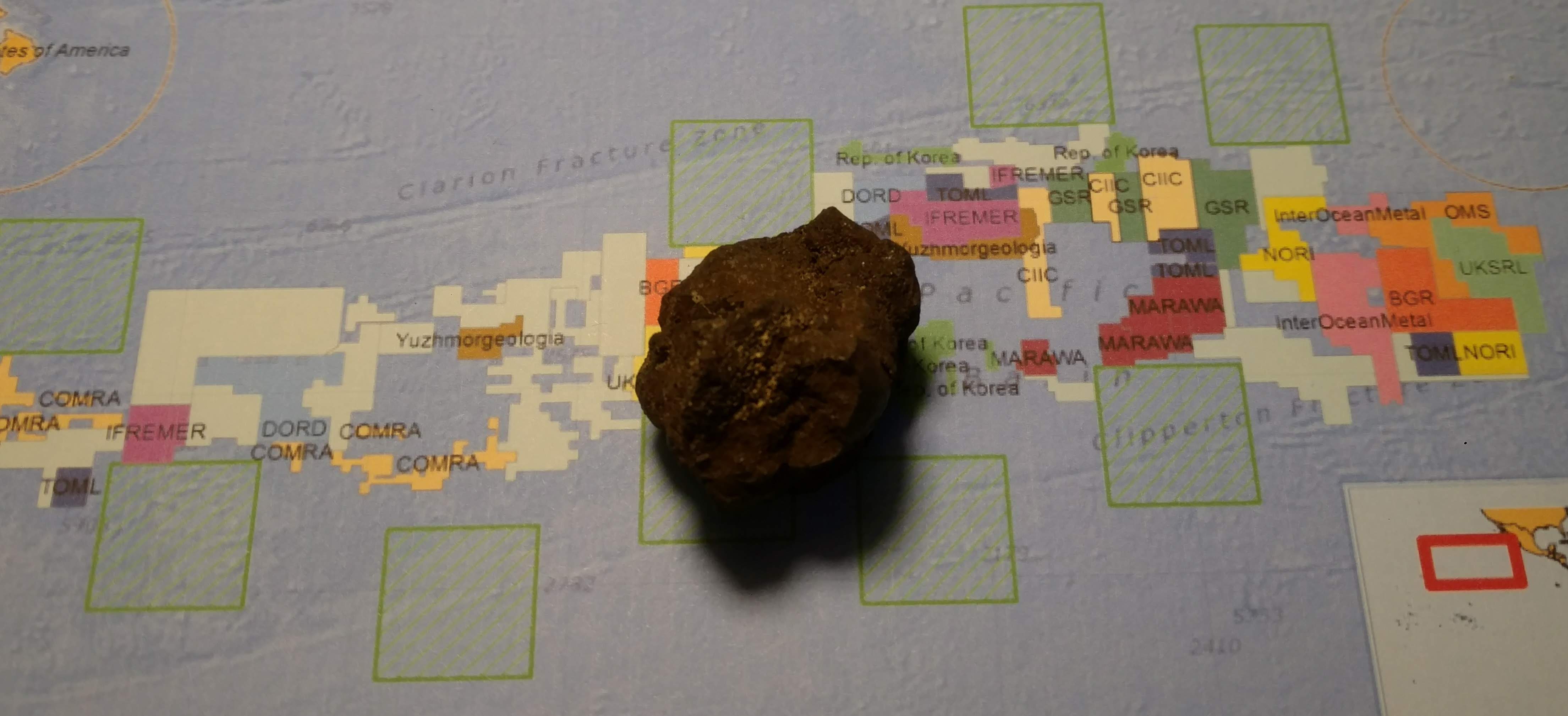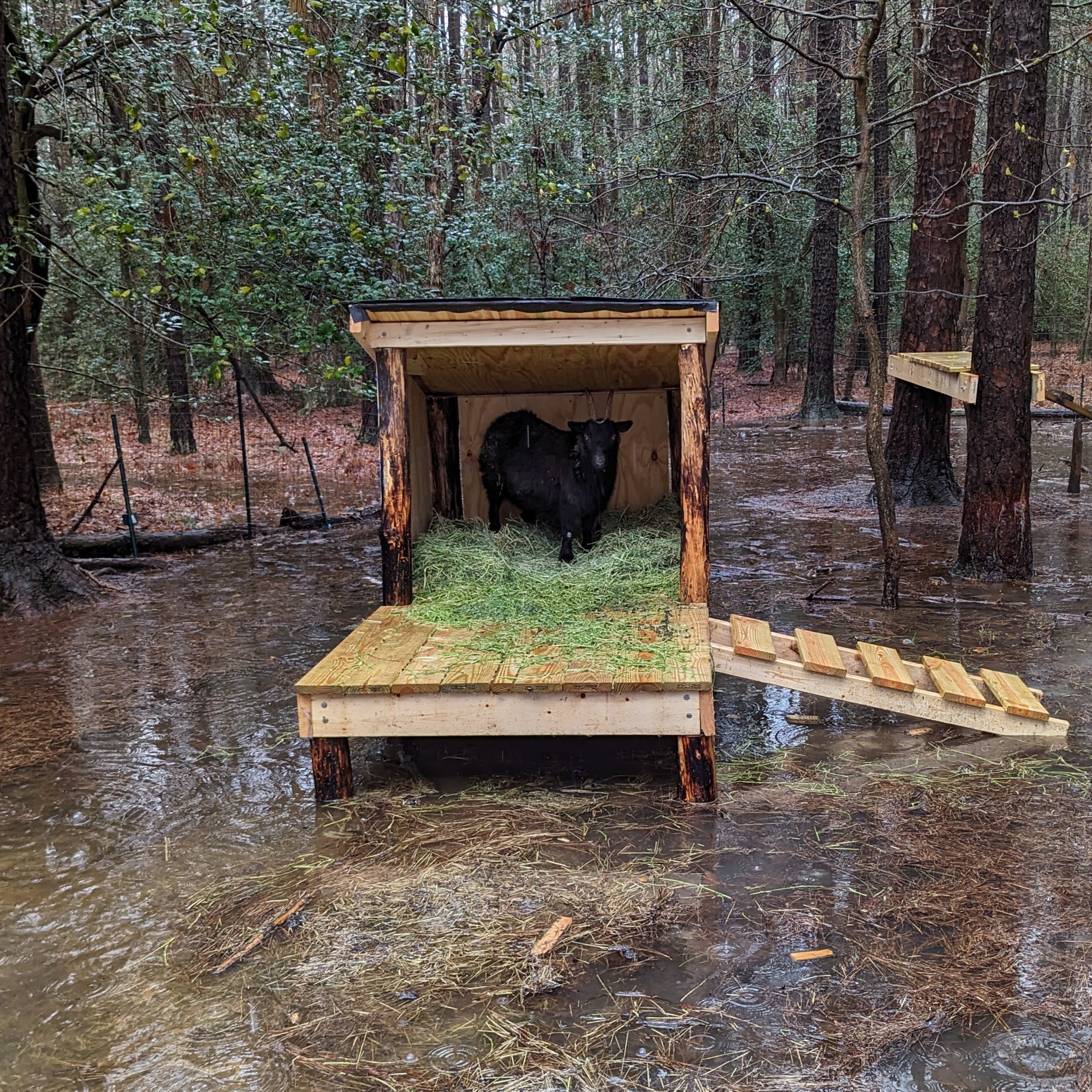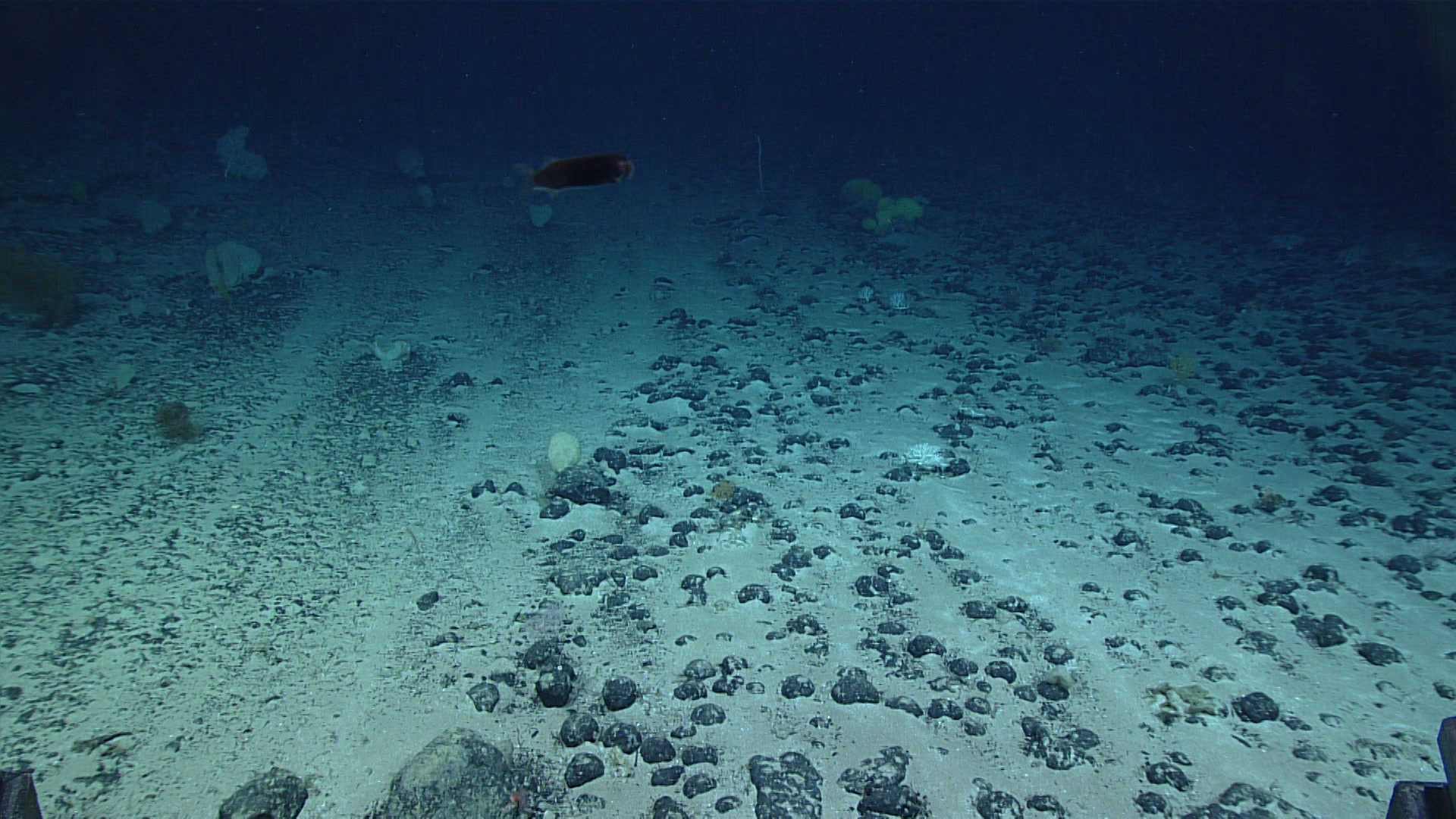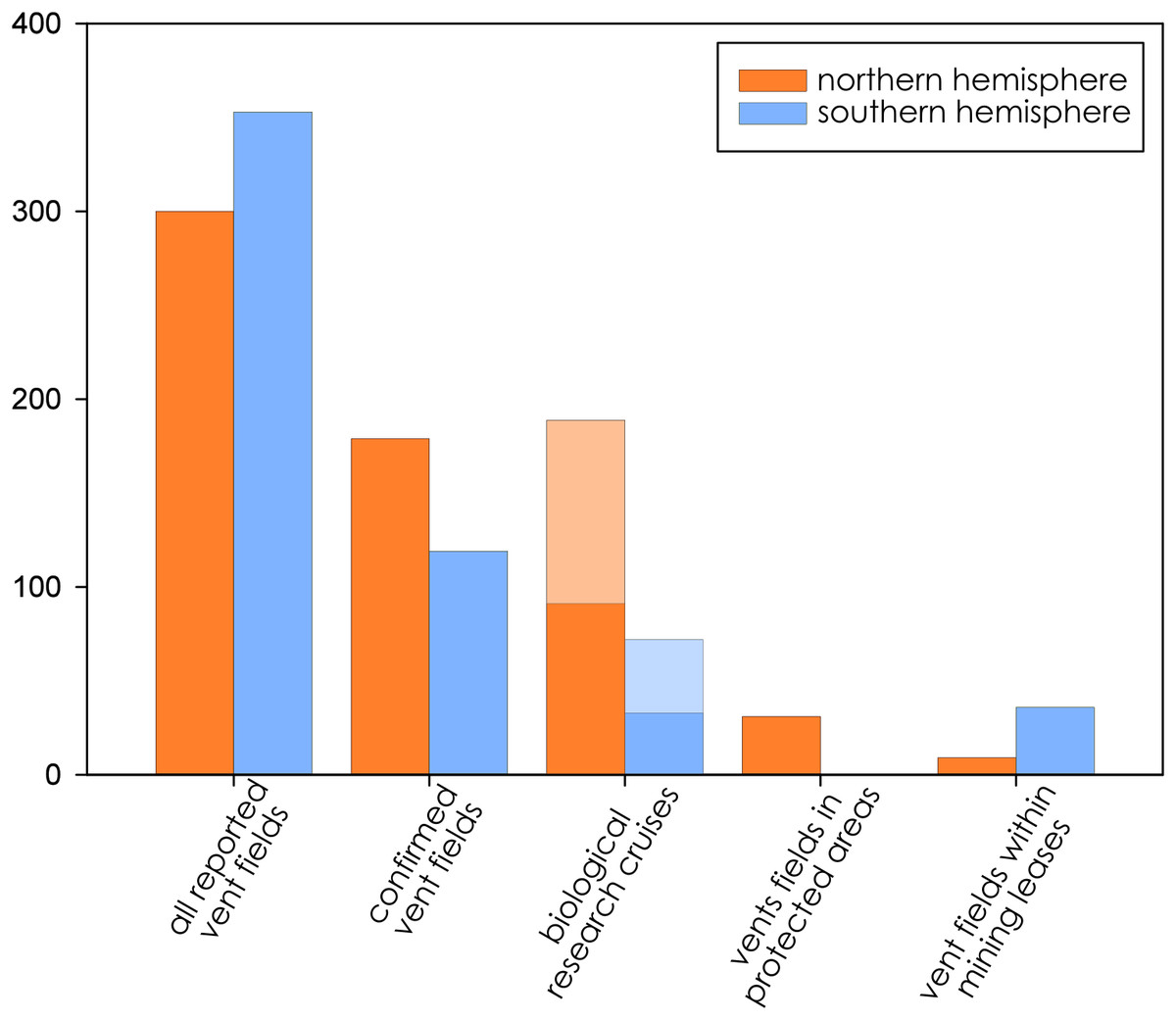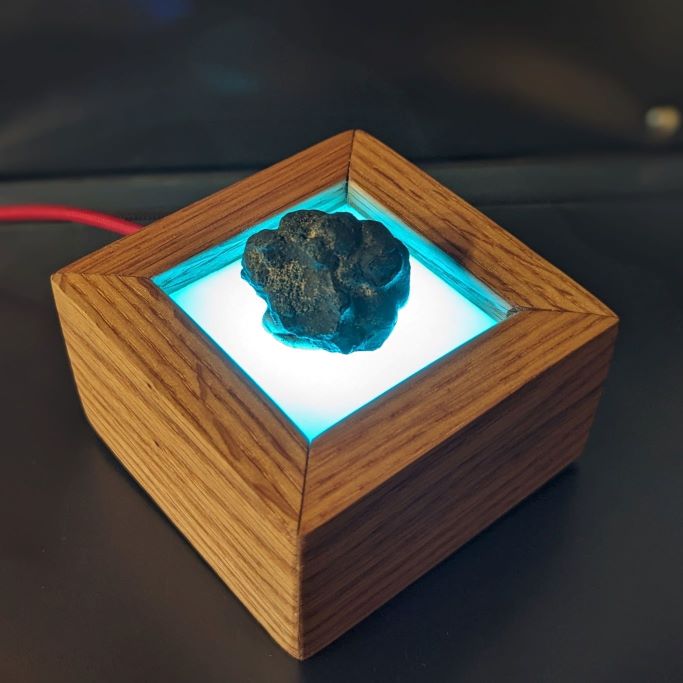Near the end of last year, the Heritage Foundation unveiled Project 2025, a sweeping, 900-page document that outlines their vision for a second Trump administration. Authored by key leaders of the former administration and Trump’s campaign team, this document lays the groundwork for Trump’s policy agenda, should he defeat Vice President Harris in the 2024 … Read More “How Trump’s Project 2025 would reshape America’s oceans” »
Tag: deep-sea mining
We have a problem. Collectively, we need to dramatically reduce our carbon emissions over the next few years to stave off the worst climate change outcomes. While this demands sweeping changes to energy policy at national and international levels, for individuals and organizations, electrification of the world’s automotive fleets offers the most direct change. Electric … Read More “Don’t let the perfect be the enemy of the good: Plug-in Electric Hybrids are better than you think” »
In a little over 2 week, the International Seabed Authority will once again convene in Kingston, Jamaica to continue the 30-year process of establishing a regulatory regime for mining the minerals of the deep sea beyond the borders of any nation. This deep-sea mining negotiation is the most important meeting for not only the future … Read More “Election of ISA Secretary-General mired by accusations of bribery and corruption” »
The ocean is a gigantic places absolutely chock full of weirdos. Oliver touched on quite a few points I’ve made over the year, including the fact that deep-sea mining is absolutely not inevitable and that new battery chemistries could dramatically reduce the demand for these critical minerals over the next decade. Read more about deep-sea … Read More “John Oliver covers Deep-sea Mining on Last Week Tonight” »
May has historically been one of the slowest months on the blog. The weather is getting nice and Southern Fried Science readers and writers have other priorities as the academic year comes to a close. We only published 8 articles this month and logged about 11,000 unique visitors. You were interested in the news that … Read More “Not much: What you read on Southern Fried Science in May” »
The International Seabed Authority is the regulatory body that oversees deep-sea mining in areas beyond national jurisdiction – they’re tasked with develop the mineral resources of the high seas seabed while protecting the marine environment. At the heart of the ISA is the Secretariat, the administrative organ charged with the day-to-day operation of the ISA. … Read More “International Seabed Authority gears up for a leadership challenge at the July meeting.” »
After a trio of very widely read articles triggered a traffic surge in February, including David’s critical expert analysis of cross-order hybridization, our visitor count normalized a bit on the old ocean science and conservation blog. A little more than 19,500 people visited Southern Fried Science in March, a roughly 50% increase from January. You … Read More “Space Crabs, Big Boats, and Fake Sharks: What you read on Southern Fried Science in March” »
The International Seabed Authority is meeting this month in Jamaica, but it is not the entire International Seabed Authority. Only the Legal and Technical Commission and the Council meet this months. The Legal and Technical Commission is a body of experts that reviews documents and proposals, usually in private as many contain privileged information from … Read More “What I’m watching for at this month’s ISA meeting: The Vibes” »
Cultural Heritage is a bit of a tough concept when working in areas beyond national jurisdiction. By definition, the places being considered for deep-sea mining by the International Seabed Authority exist at least 200 nautical miles from land and human habitation. Even most submerged archeological sites lie on continental shelves within nations’ exclusive economic zones. … Read More “What I’m watching for at this month’s ISA meeting: How to Value Cultural Heritage on the High Seas?” »
The Common Heritage of Mankind. The core principle that underlies all of the negotiations surrounding deep-sea mining beyond national borders is that these resources don’t belong to any one person, organization, or nation, but to humankind as a whole, to be exploited (or not) for the benefit of the world as a whole. With the … Read More “What I’m watching for at this month’s ISA meeting: untangling the financial regime” »


